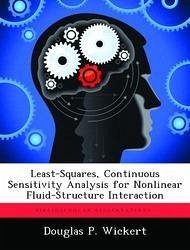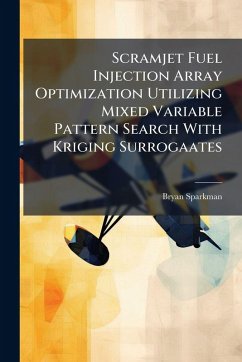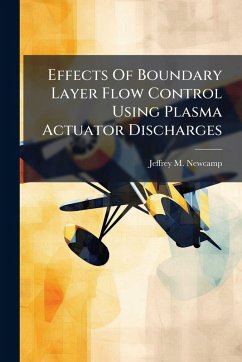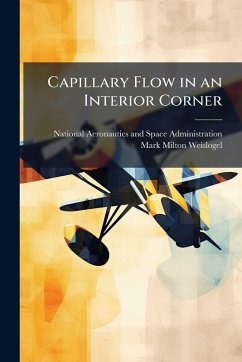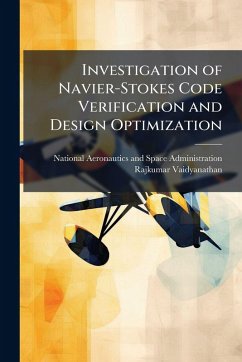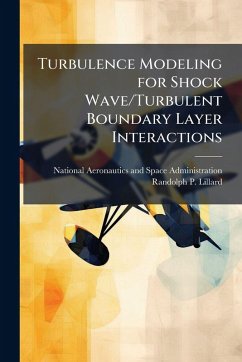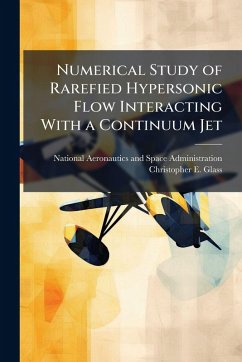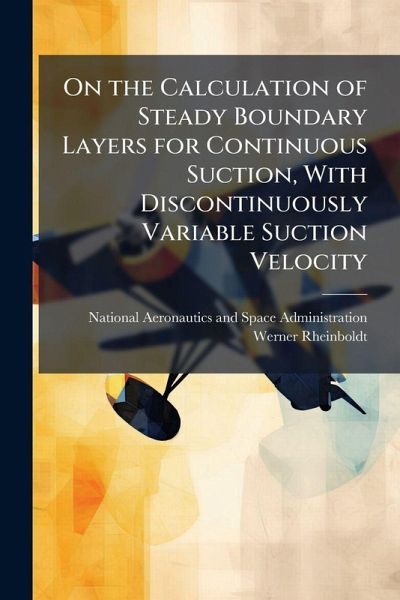
On the Calculation of Steady Boundary Layers for Continuous Suction, With Discontinuously Variable Suction Velocity
Versandkostenfrei!
Versandfertig in über 4 Wochen
17,99 €
inkl. MwSt.
Weitere Ausgaben:

PAYBACK Punkte
9 °P sammeln!
Almost all solutions, so far known, of the problem of exact calculation of the velocity distribution in a boundary layer under the influence of continuous suction pertain to the class of "similar" solutions. One deals, therefore, with individual particular integrals of the boundary-layer equations under special boundary conditions. Compilations may be found, for instance, in H. Schlichting or E. J. Watson. If one disregards the reports using the so-called Pohlhausen methods, thus not yielding rigorous solutions of the boundary-layer equations, there exist only very few investigations which dea...
Almost all solutions, so far known, of the problem of exact calculation of the velocity distribution in a boundary layer under the influence of continuous suction pertain to the class of "similar" solutions. One deals, therefore, with individual particular integrals of the boundary-layer equations under special boundary conditions. Compilations may be found, for instance, in H. Schlichting or E. J. Watson. If one disregards the reports using the so-called Pohlhausen methods, thus not yielding rigorous solutions of the boundary-layer equations, there exist only very few investigations which deal with the suction boundary layer for arbitrarily prescribable boundary conditions. Here belongs, for instance, the paper by R. Iglisch which treats the onset of the boundary-layer flow on a flat plate in longitudinal flow with homogeneous suction. On the other hand the case of merely piecewise suction for otherwise impermeable wall which is of extreme interest for practical cases - has so far not been rigorously investigated. The main reason probably is that at the beginning and at the end of every suction region the value of the v velocity component at the wall becomes discontinuous so that all customary calculation methods fail there. In the present report, we shall develop a method, on the example of a jumplike start of suction for arbitrary external pressure distribution and arbitrary suction law - a method which permits the exact calculation of the rapid variations of the velocity distribution (according to boundary-layer theory) near arbitrary flow discontinuities of the kind mentioned. This work has been selected by scholars as being culturally important, and is part of the knowledge base of civilization as we know it. This work was reproduced from the original artifact, and remains as true to the original work as possible. Therefore, you will see the original copyright references, library stamps (as most of these works have been housed in our most important libraries around the world), and other notations in the work. This work is in the public domain in the United States of America, and possibly other nations. Within the United States, you may freely copy and distribute this work, as no entity (individual or corporate) has a copyright on the body of the work. As a reproduction of a historical artifact, this work may contain missing or blurred pages, poor pictures, errant marks, etc. Scholars believe, and we concur, that this work is important enough to be preserved, reproduced, and made generally available to the public. We appreciate your support of the preservation process, and thank you for being an important part of keeping this knowledge alive and relevant.



